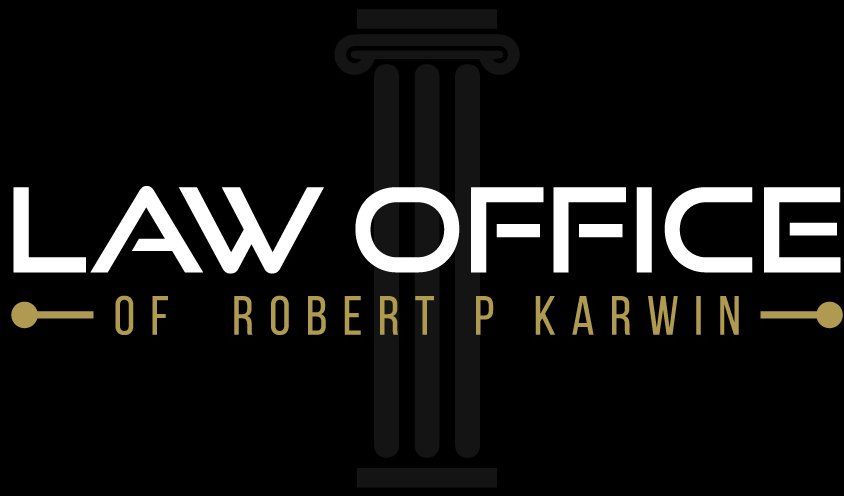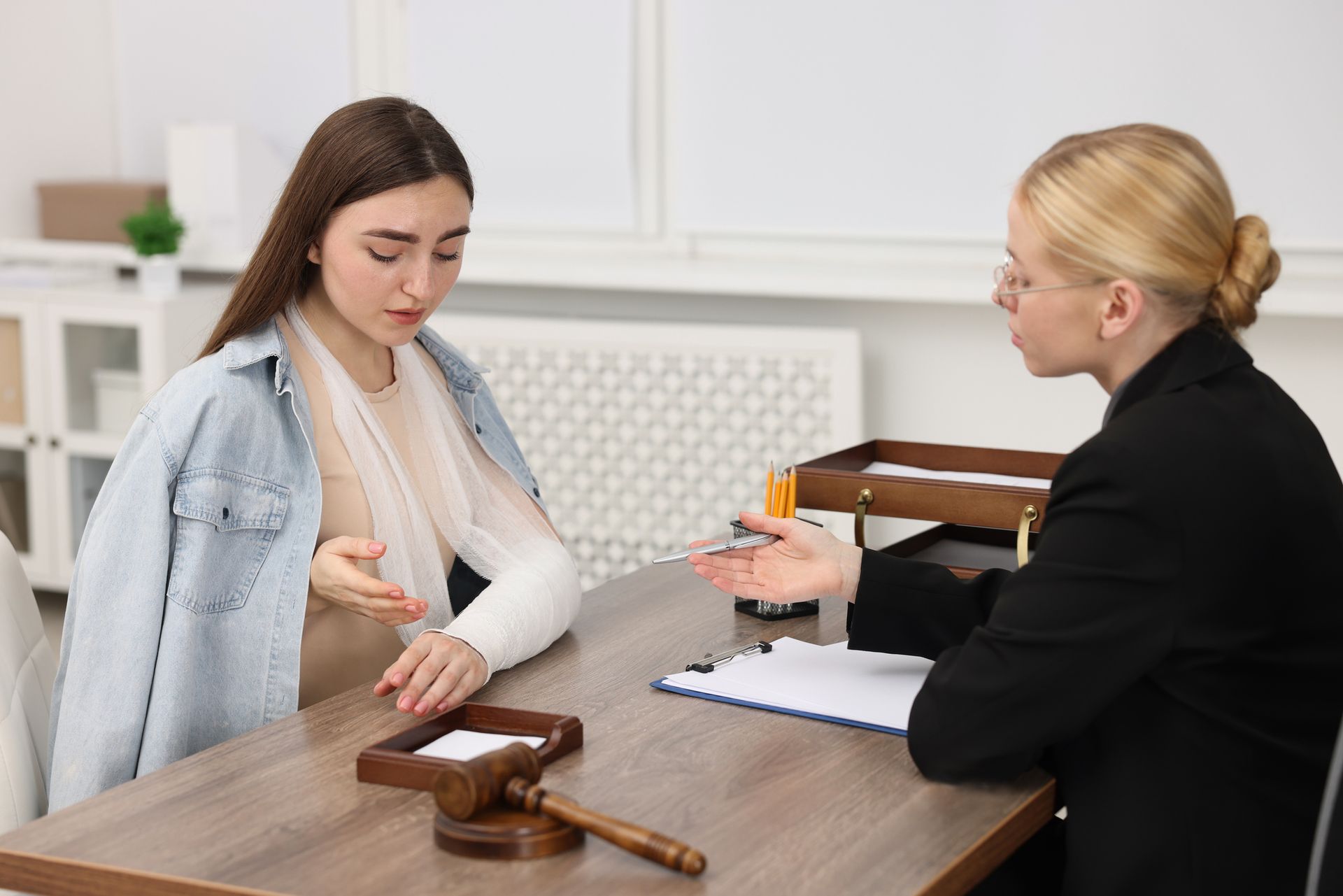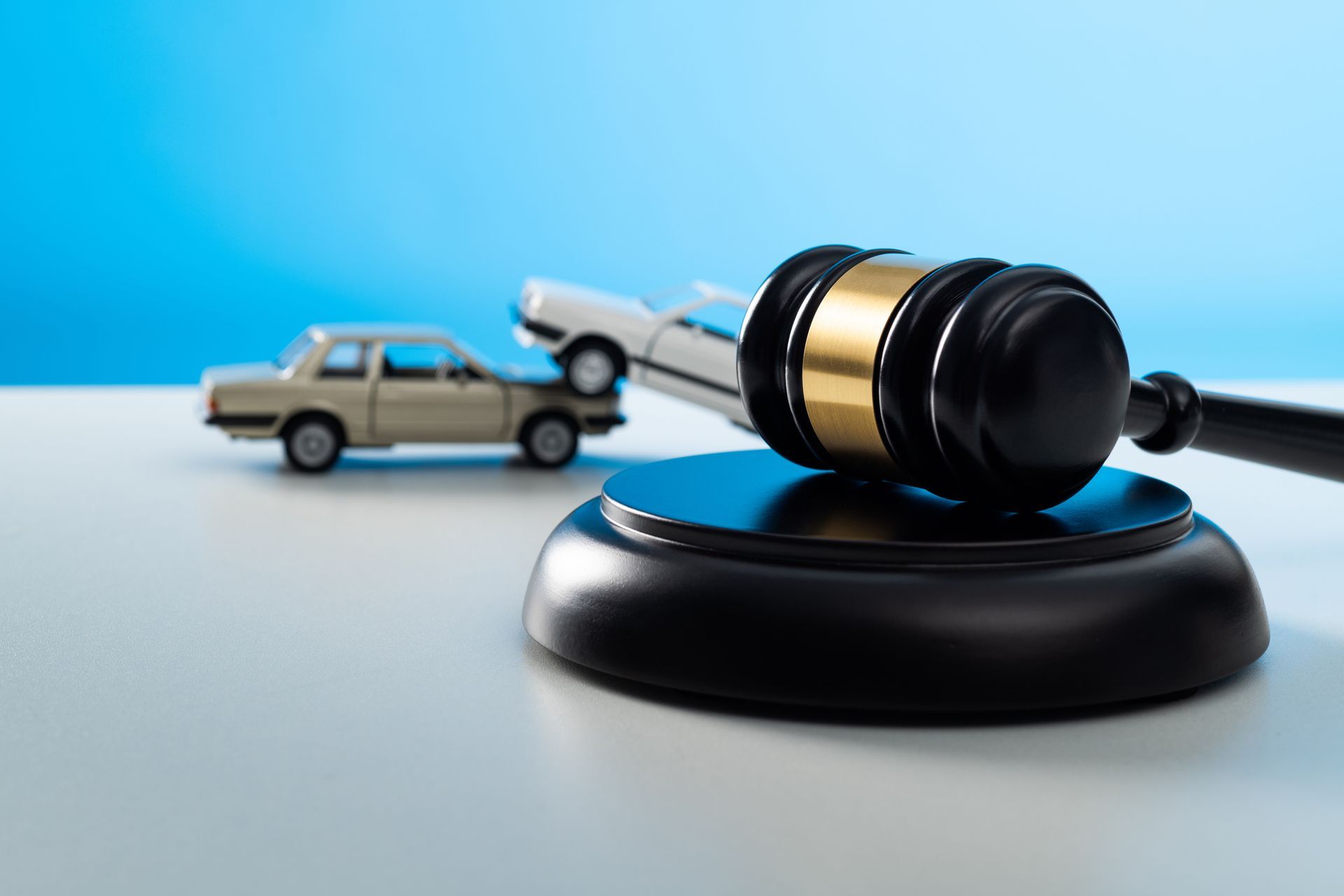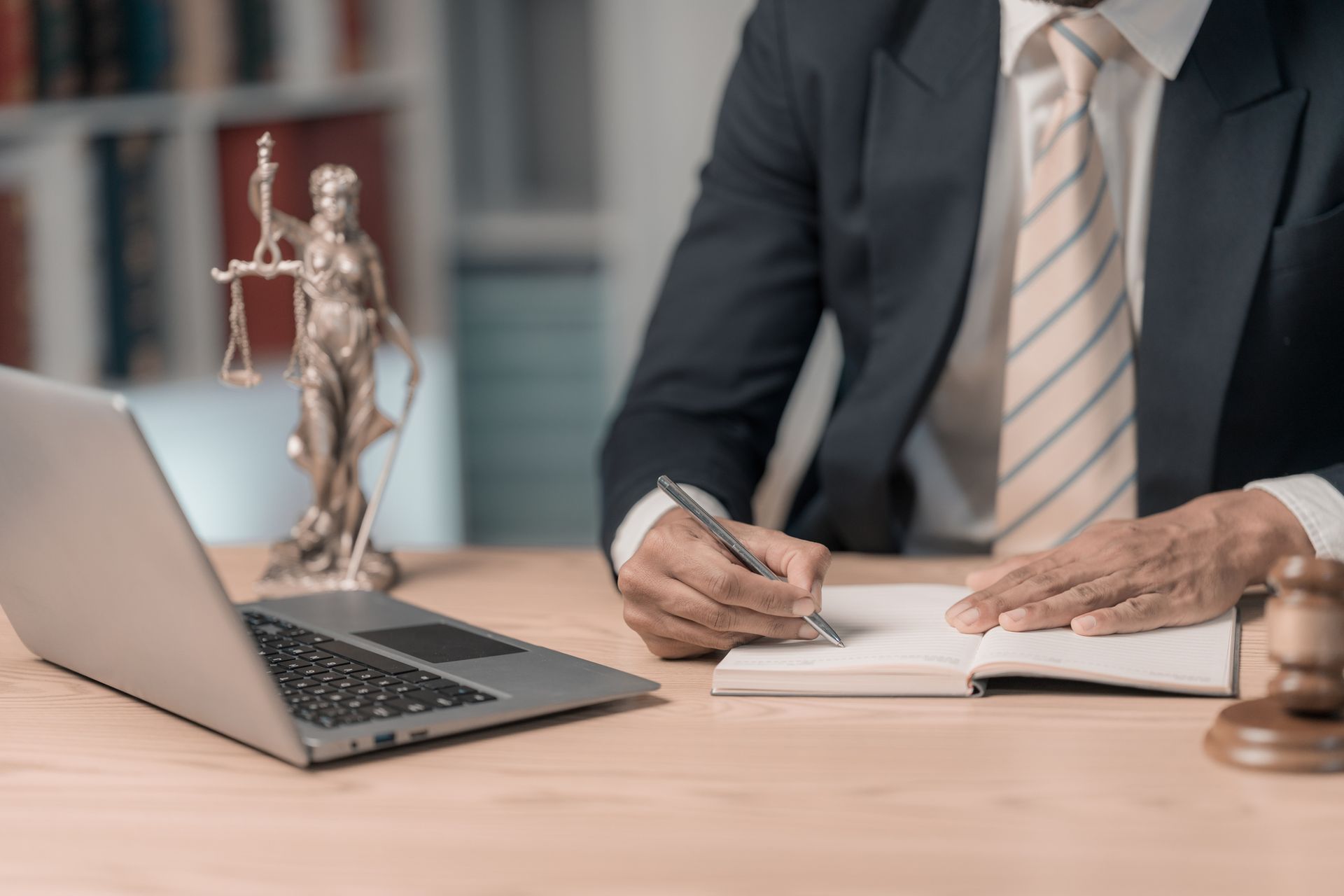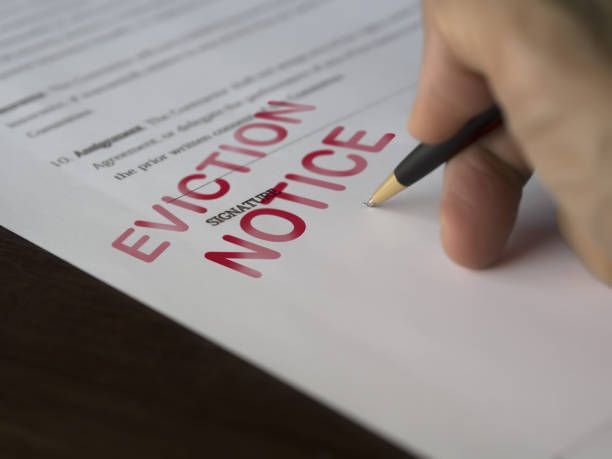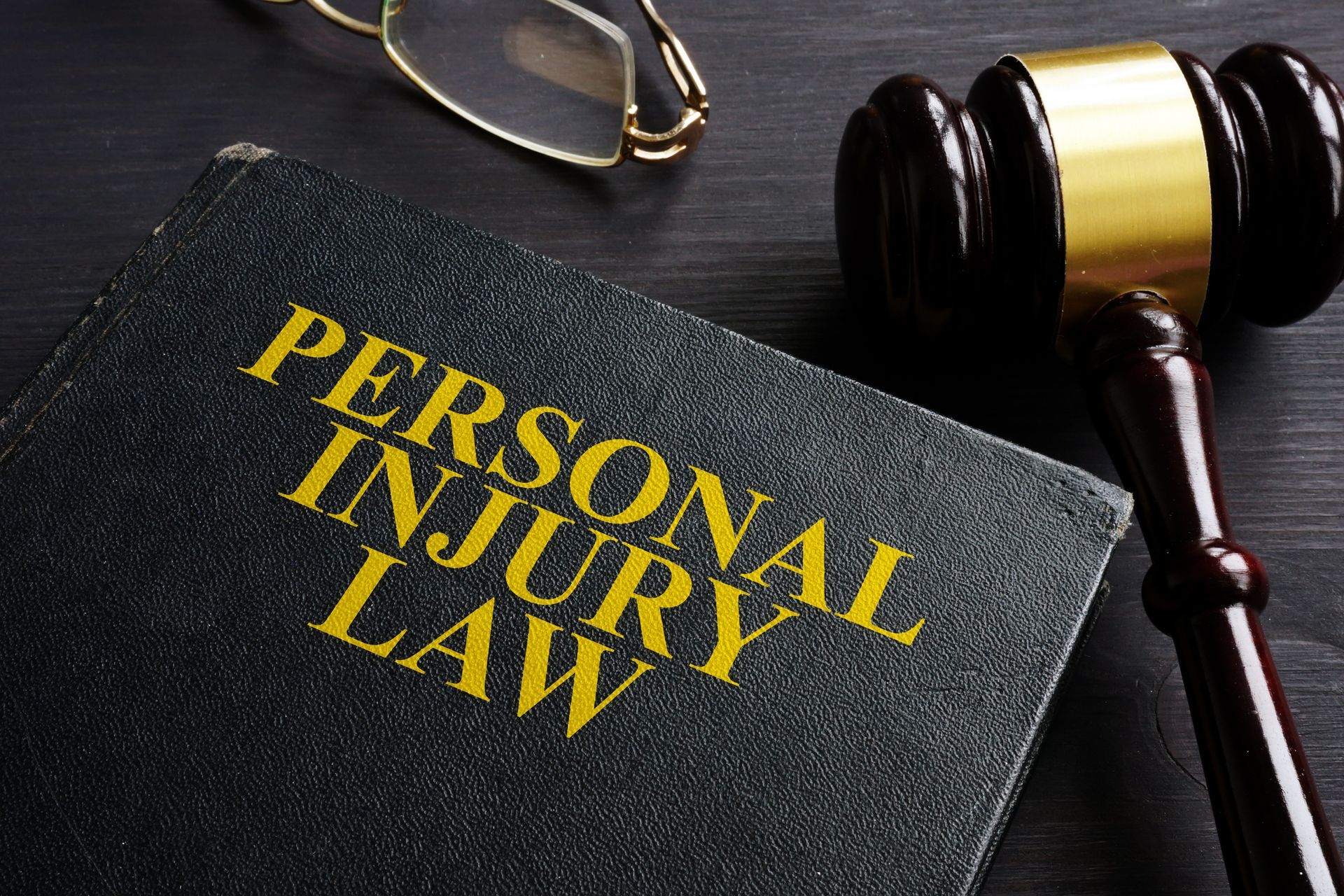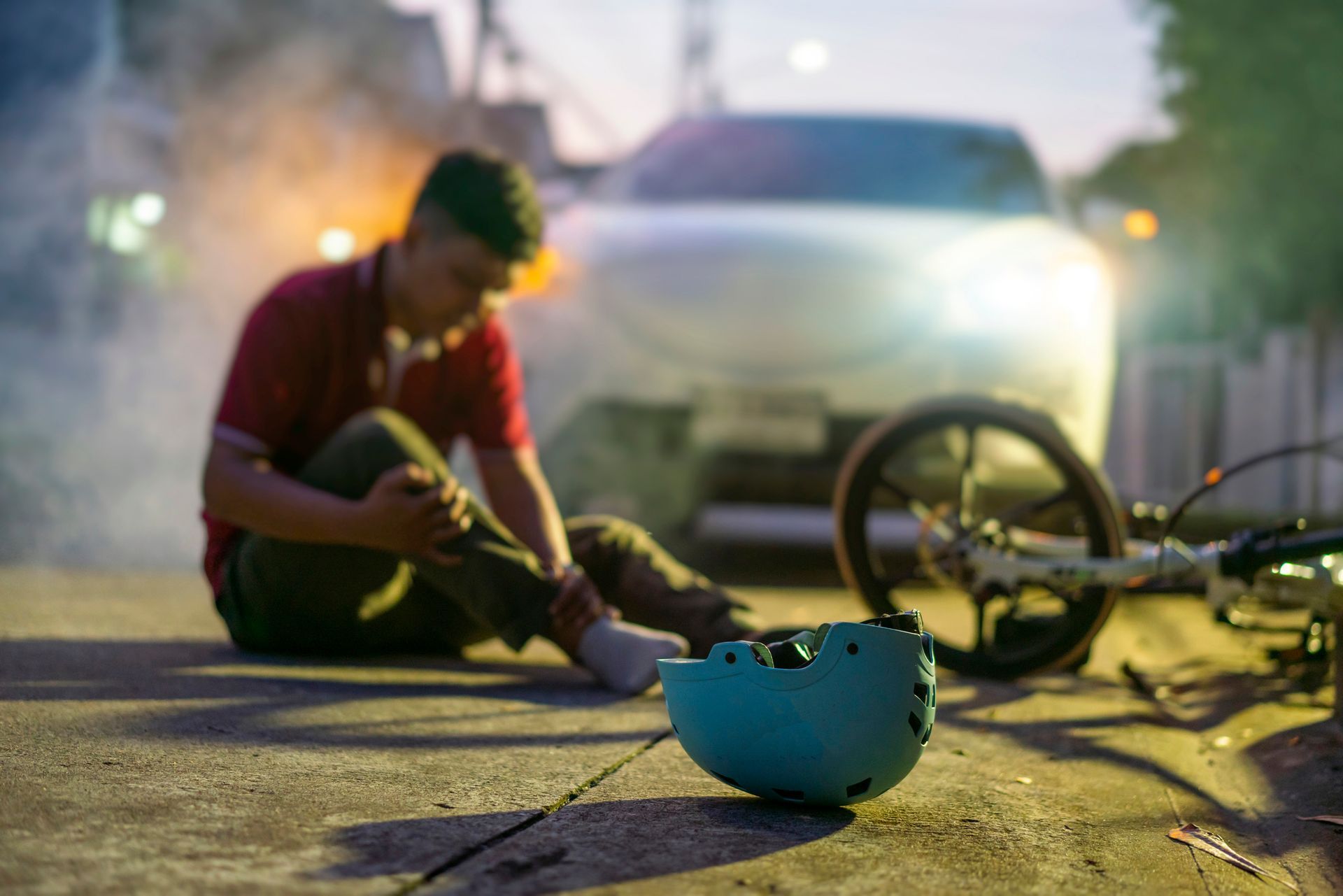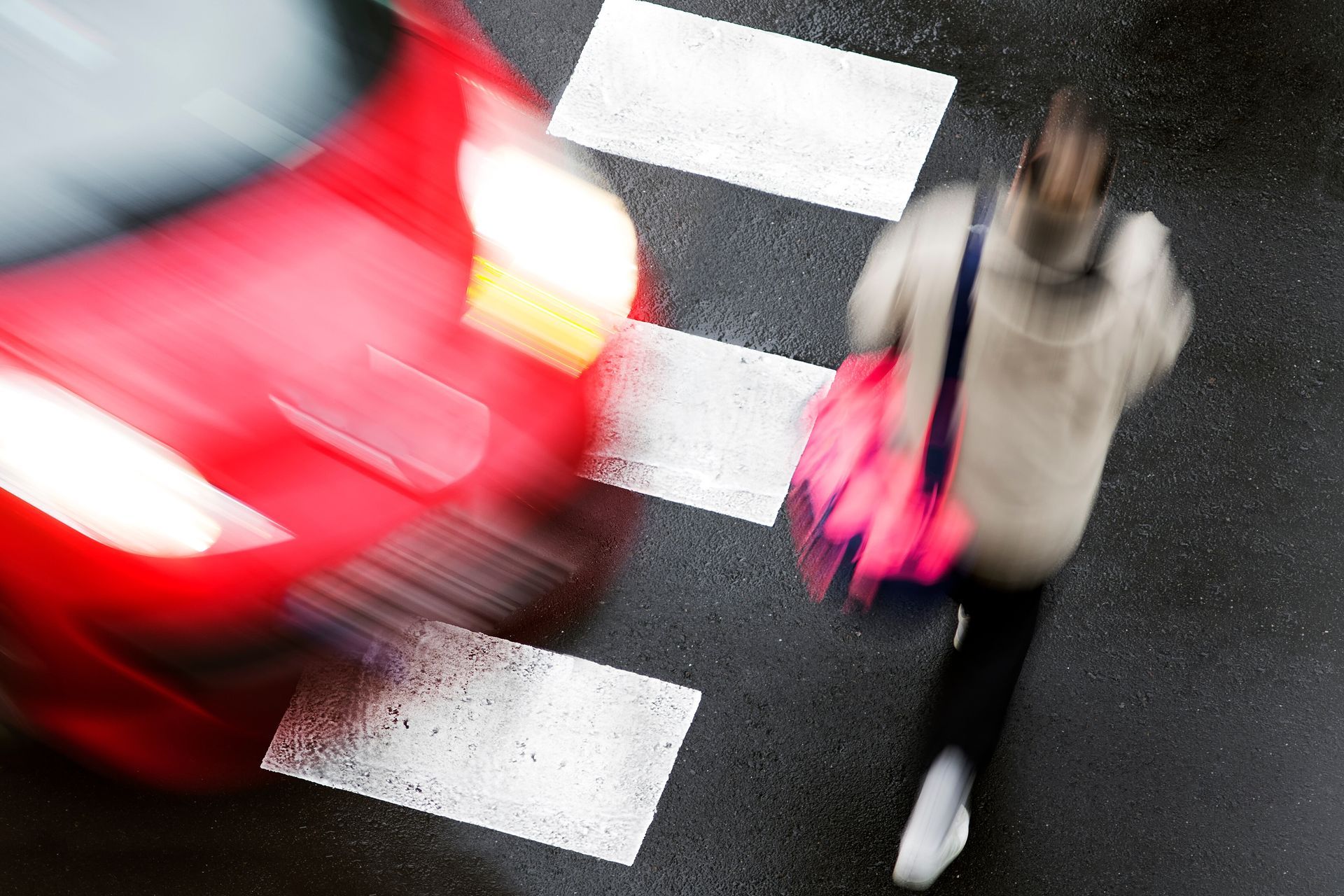Tips for Dealing With a Lying Auto Accident Defendant
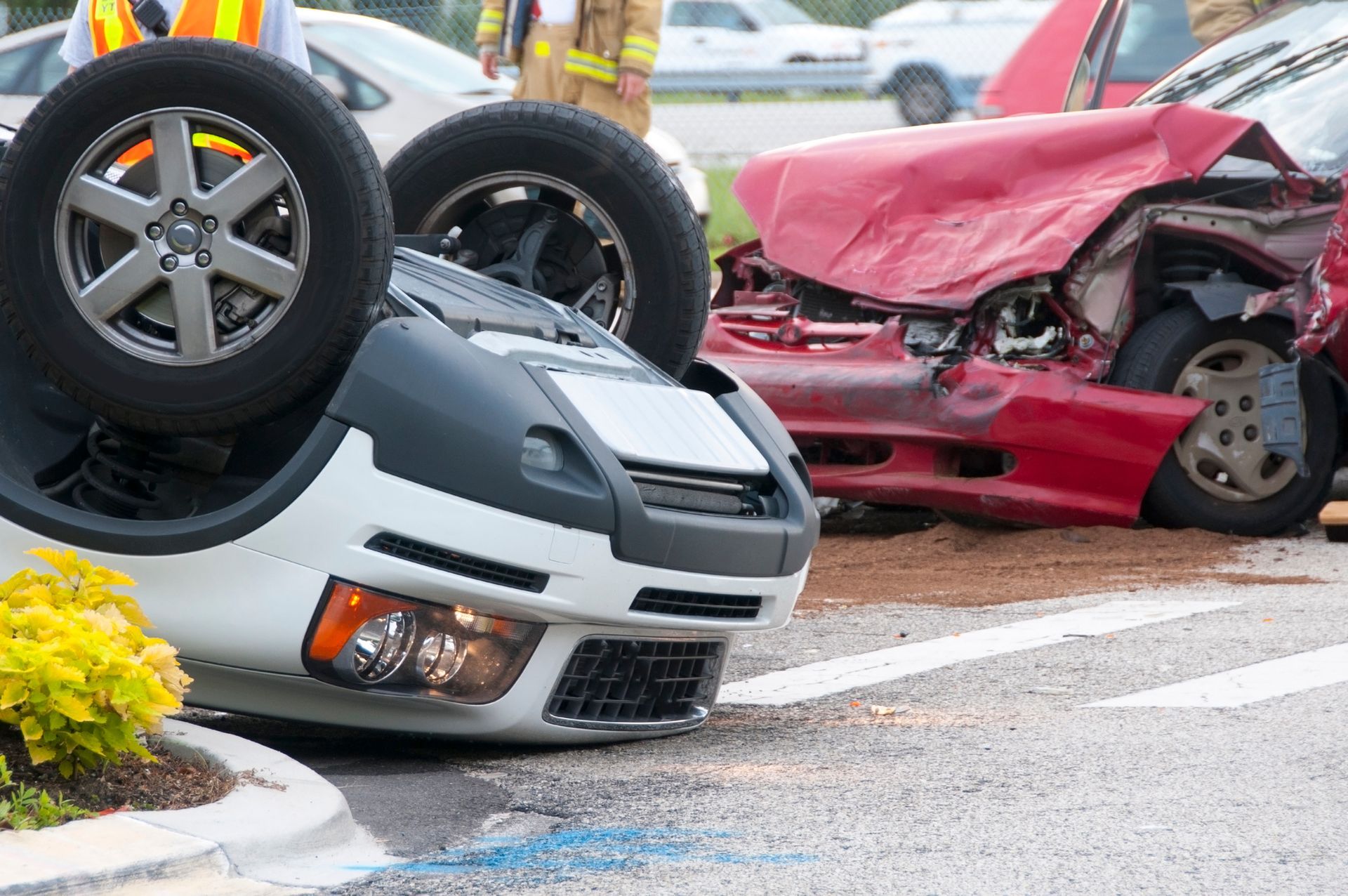
Auto accident defendants do not always tell the truth about their roles in accidents. A lying defendant can complicate your case if you don't know how to deal with the lies. Below are tips for handling a lying defendant.
Remain Calm and Don't Retaliate
If the other driver lies at the accident scene, remain calm and resist the urge to confront them or retaliate. Retaliation might escalate matters and make it seem like you are involved in road rage. People have even fought or damaged their cars due to road rage. Retaliating might also weaken your credibility—with the police and during the subsequent auto accident claim.
Contact the Police
Have the authorities document the accident and preserve the facts. Your first step towards the documentation is to call the police and have them create an accident report. Stay on the scene and, if possible, don't move your car. You want the police to find everything as it is so they can record it accurately.
Once the police arrive, they will question everyone, from the victims to the potential witnesses. The police should also note the accident's location, time, and date. They will also take your contact and identification information for follow-ups.
Dispute the Police Report
The police report is a treasure trove of information on your auto accident, but police reports sometimes contain errors. The other driver's lies might find their way into the police report and mar your compensation efforts. Luckily, the government accepts that police reports can contain errors and allow disputes.
First, contact the police officer or department that responded to the accident scene. Alternatively, contact the police department nearest to the accident scene. Get a copy of the police report to identify all the errors. Next, provide documentation that proves your claim and corrects the error on the report. The faster you act, the more likely you will succeed with the correction.
Provide Overwhelming Evidence
The liable driver may lie even once you send your demand letter and start your claim process. They may even lie to their insurance company or court. Consider an intoxicated driver who lies about their intoxication. Evidence you may use to overcome the lies include:
- A police report that shows the driver failed their field sobriety report
- Eyewitnesses' testimony proving the driver took alcohol before getting behind the wheel
- Eyewitnesses' testimony proving the driver was staggering and had slurred speech before the crash
- Accident pictures of open liquor bottles on the front seat
- Reports of failed DUI tests, such as blood reports that show elevated blood alcohol content
Don't rely on a single piece of evidence to dispute the lies—provide as much evidence as possible to leave no doubt that the driver is lying.
Another example of how you can provide evidence is to take as many photos as possible. These could include photos of all sides of the damaged vehicles and the position and location of the cars after the collision. These photos can provide instrumental in collaborating or refuting any statements a defendant gives.
Tell the Truth and Be Consistent
Even if the other driver is lying, it doesn’t mean you should too. Ensure everything you say is accurate and honest. Provide a consistent testimony; whatever you say to the police, your insurance company, the other driver's insurance company, and the court should all add up. Otherwise, others might think both of you are lying, and your claim will delay as the other parties try to unravel the lies.
Challenge Traffic Citations
Your main goal should be to point out the other driver's lies and prove yourself honest. You might struggle to attain that goal if you received traffic citations related to the accident, even if the citations are unwarranted. Use the right channels to fight the citations. Remember, the other side might use charges related to the crash as evidence against your accident claims.
Contact The Law Office of Robert P. Karwin for a free initial consultation on your auto accident case. We have over 20 years of experience with personal injury law. We promise to do everything possible to maximize your compensation.
